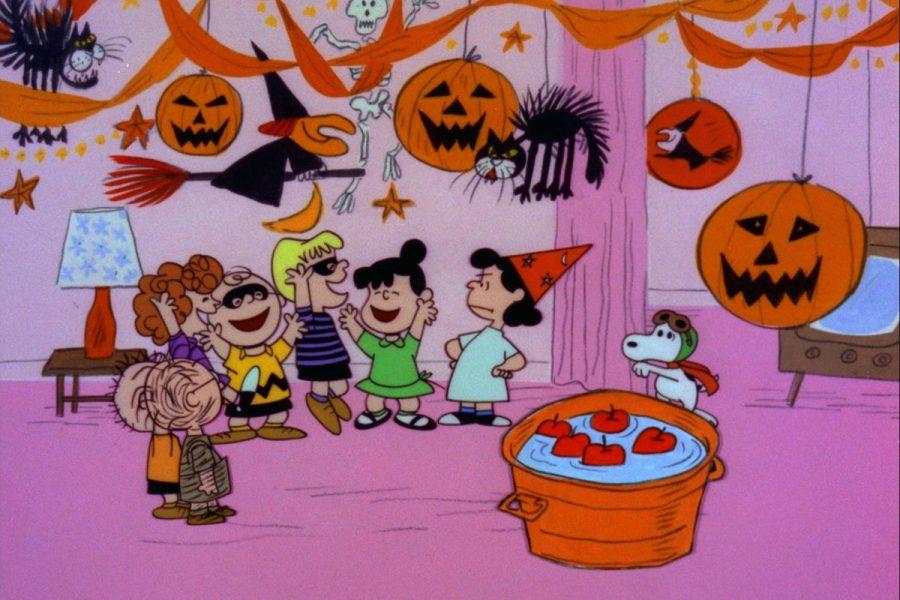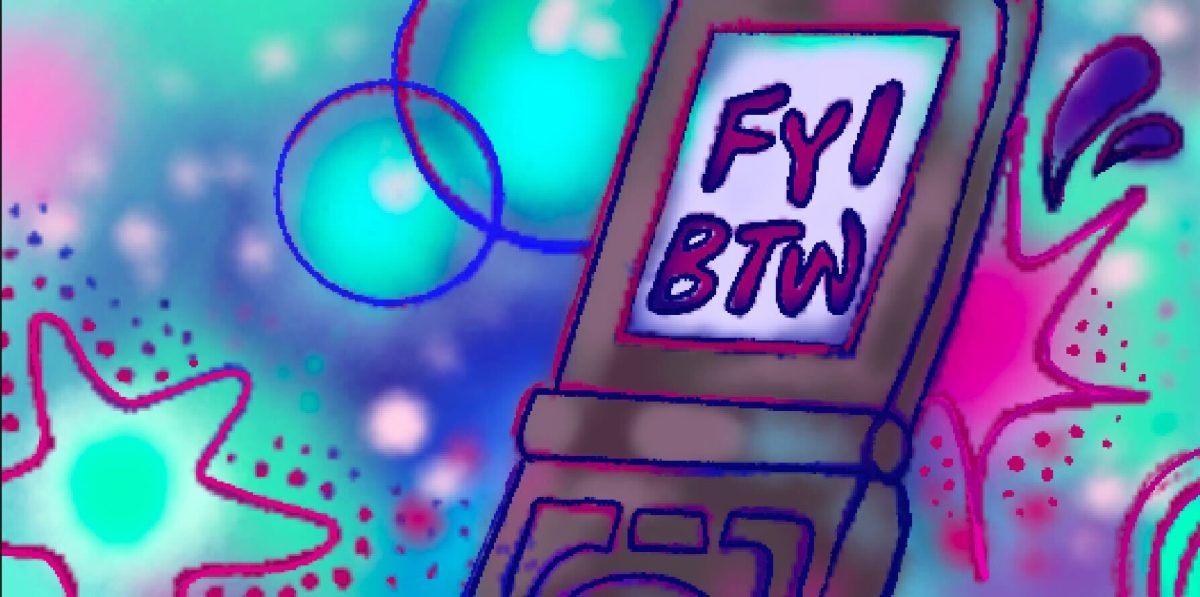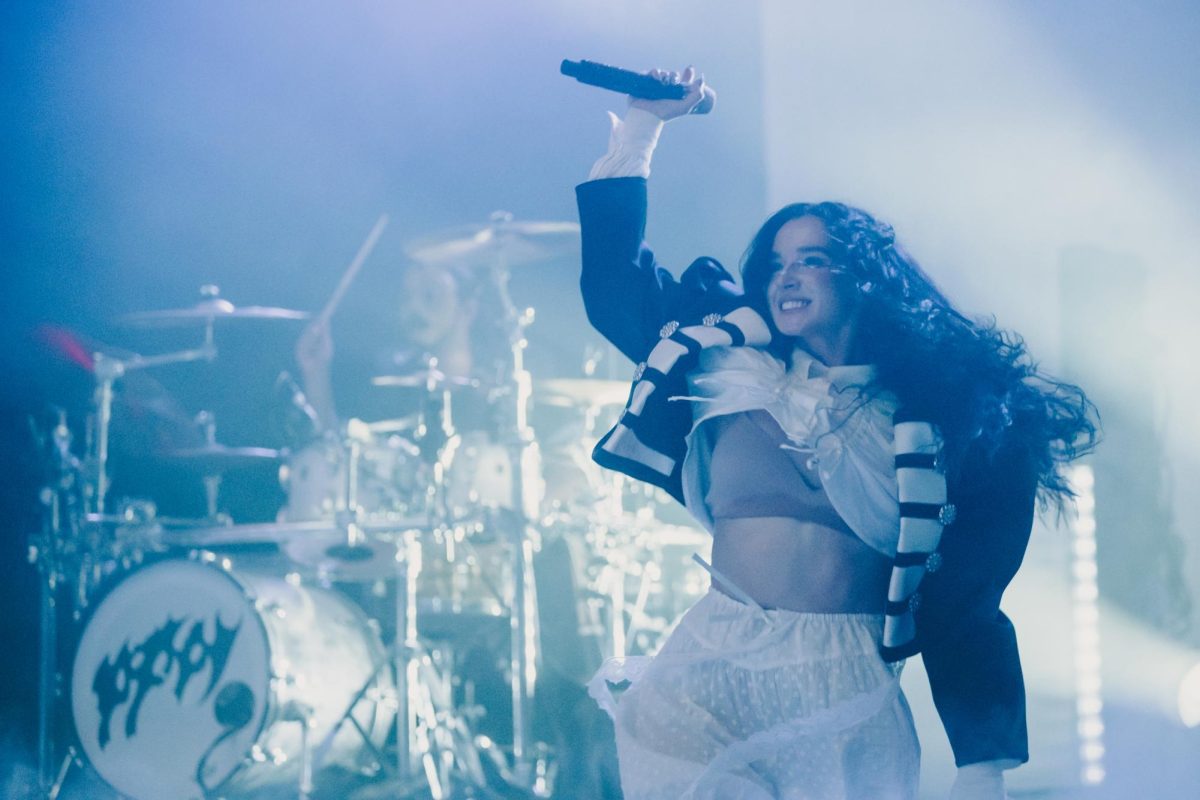Halloween is back! Check out the A&E staff’s favorite spooky movies, shows, and music to help get you in the mood for the year’s scariest night!
“It’s the Great Pumpkin, Charlie Brown”

Halloween isn’t complete without Charlie Brown and his cartoon coterie. Often hailed as the most iconic Halloween TV special of all time, “It’s the Great Pumpkin, Charlie Brown” remains well within our cultural consciousness. Its influence is felt throughout an entire sub-genre of Halloween time media — that of the family-friendly, spooky-less, autumnal movie or television show (e.g. “Casper,” “Hocus Pocus,” or “Scooby-Doo”). What makes this twenty-five-minute animation so enduring isn’t its adherence to pop culture’s interpretation of spooky season (because how scary, really, is a pumpkin patch?) but rather its defiance of normative Halloween conventions. Nothing about “It’s the Great Pumpkin, Charlie Brown,” aside from Lucy’s abhorrent attitude towards Charlie Brown, is overtly frightening. The “Peanuts” gang participates in a variety of benign Halloween activities: Snoopy impersonates a WWI flying ace, Linus and Sally wait in anticipation for the eponymous Great Pumpkin, and Charlie Brown and Lucy go trick-or-treating. “It’s the Great Pumpkin, Charlie Brown” charms viewers precisely because it is in direct opposition to the glut of Halloween-time horror media. What Charlie Brown and the rest of the “Peanuts” cast offer is much more meaningful than cheap thrills; “It’s the Great Pumpkin, Charlie Brown” allows an escape, if only for half an hour, from the horrors of everyday life and allows you to be comforted by the wholesomeness of its characters.
— Sarah Delima, Senior Staff Writer
“Magic Act” by Spellling

This year, California-born artist Spellling released her third full length record, “The Turning Wheel,” during the summer. The album is regarded as a standout progressive pop record with gothic themes. Nowhere else are these themes more present than in the tenth track “Magic Act,” and nothing screams Halloween quite like gothic motifs. The track begins with an ominous low-pitched chime which quickly switches into the main beat, consisting of slowed drums and dreary synths. “Magic Act” follows no consistent structure, there are no choruses or verses, just a short refrain and an eerie chant, “Take my body, make my brain a garden.” The track ends on a high note breaking into an electrifying guitar solo before abruptly ending. There is a very foreboding atmosphere associated with the song; it’s sinister but satisfying at the same time — a perfect track to seize the Halloween season.
— Fabian Garcia, Contributing Writer
“The Nightmare Before Christmas”

Is it a Halloween movie? A Christmas movie? Either way, “The Nightmare Before Christmas” dives into the holiday season with charm, imagination, and several snazzy musical numbers. Producer Tim Burton is known for being the man behind the curtain on this project, and he had no qualms about executing the unexpected. Released in 1993, “The Nightmare Before Christmas” remains a classic because of its unique aesthetic and the obvious care that was put into its production.
“The Nightmare Before Christmas” takes place in the dark, fantasy Halloween Town, where a cast of monsters, ghosts, and other creepy characters live. When “The Pumpkin King” Jack Skellington grows bored of Halloween, he finds a door in the woods that leads to Christmas Town. This novel place filled with colors, lights, and snow is utterly different from the black and white canvas of the town he has always known. What stands out about these two settings are their unique stylistic features. None of the lines are perfectly straight, the buildings are roughly textured, and most characters have wildly unreasonable proportions, yet somehow these strange and imperfect details come together to support a story filled with as much oddity as the world around it.
From the writing to the sets, this movie has been ingrained into Halloween lore, but the characters have become its most enduring feature. All of them are one of a kind: Jack is known for his black and white pinstripe suit and his long spindly frame, Sally’s body is a patchwork constantly falling apart, and Zero is an adorable ghost dog with a shiny nose. These uniquely shaped and colored designs bring a liveliness to the movie that immerses the audience in the movie and the holiday itself. After the characters are introduced in the first song “This is Halloween,” it is clear that “The Nightmare Before Christmas” is far more charming than scary.
Whether you watch “The Nightmare Before Christmas” in October or December, you are guaranteed to feel the holiday spirit oozing from the screen. Between the spooky sets and quirky characters, it embodies the fun-loving feeling that arises at the end of October. Forget the question of when you are supposed to watch it — “The Nightmare Before Christmas” is worth a showing on any holiday, from Valentine’s Day to Thanksgiving to maybe even Halloween.
— Kaley Chun, Contributing Writer
The Hex Girls

A Scooby-Doo film or show always includes ghouls, monsters, and the supernatural. The feature length film “Scooby-Doo! And the Witch’s Ghost” introduces witches as well as the spooky band The Hex Girls. This fictional band from the Scooby-Doo franchise brings the Halloween season into full swing with their goth aesthetic and spooky songs. They exude the Halloween spirit with their unearthly and mysterious vocals and catchy songs. Some of their most popular songs include “Hex Girl’ and “Earth, Wind, Fire, and Air” from the film “Scooby-Doo! And the Witch’s Ghost.” The mixture of a haunting aura and pop rock music makes it seem like The Hex Girls are putting a spell on you. Although they sing mostly the same songs in each film or TV show they appear on, their music always gets better. Some additions to their tracklist over the years have been “It’s a Mystery” and “Good Bad Girls.” The witchy band is the best part of any Scooby-Doo film and is the perfect musical addition. Their iconic style and sound will always be a staple of the Scooby-Doo franchise and any Halloween aesthetic. So next time you throw a Halloween party, I suggest you add a few Hex Girls songs to the playlist.
—Kamiah Johnson, Contributing Writer
“The Phantom of the Opera” (2004)

The month of October commemorates a pivotal moment in the year as the world prepares for the holidays. A similar shift can be felt once the iconic chandelier is revealed and raised to the top of the theatre at the start of the 2004 film adaptation of the Broadway classic “The Phantom of the Opera.” The overture booms and sends chills down my spine, foreboding the drama and thrill that will unravel within the next two and a half hours. Director Joel Schumacher effortlessly immerses viewers in Christine Daae’s (played by “Shameless” star Emmy Rossum) journey, leaving them entranced and seduced by the power of the Phantom and his voice. The disfigured Phantom, portrayed by Gerard Butler, is praised by some as a genius, an architect, master of all, and yet, he is just a man yearning for company and affection. This relatability and sympathy allows for a war within viewers’ minds when Daae’s childhood sweetheart Raoul (Patrick Wilson) is introduced as the new romantic lead; birthing a love triangle. This complicated story of romance, horror, and drama is told entirely through song. Out of all the broadway-to-film adaptations I have seen, “The Phantom of the Opera” is the only one to successfully do this. Hiring actors without an operatic background and who lack technique risks a loss of immersion from the viewer, most notably with Butler’s Phantom and Wilson’s Raoul. However, what is lacking in correct opera technique, is made up for in the emotion they bring to their role.
Aesthetically, “The Phantom of the Opera” has everything one would want in a Halloween film, channeling a similar energy to some of the beloved Tim Burton classics that make their comeback this time of year. The imagery of secretive candle-lit hallways, lairs, and misty graveyards create a dark yet enchanting atmosphere that pulls viewers into the world creator Andrew Lloyd Webber envisioned. An updated version of the soundtrack marries electric guitars with classical tones perfectly, only improving the aggression and passion present in the film. Though “The Phantom of the Opera” is not the first thing to play on cable network Halloween marathons, it has become my favorite film to put on during this time of the year. As you get ready for your own masquerade, put this film on and get lost in the thrilling spectacle of finding love amidst the terrorizing rule of the “Opera House Ghost.”
— Sam Olsen, Contributing Writer
Images courtesy of Vox, The Houston Chronicle, Pitchfork, The Daily Beast, The Independent, and Letterboxd.









Lowell Blessinger • Nov 24, 2021 at 9:16 pm
This year will be the year I finally nail the turkey. The last few years have been a real disappointment. For some reason I just can’t get the bird to turn out moist and soft. I’ve got a good feeling about this one.